How To Survive If An Anaconda Attacks You
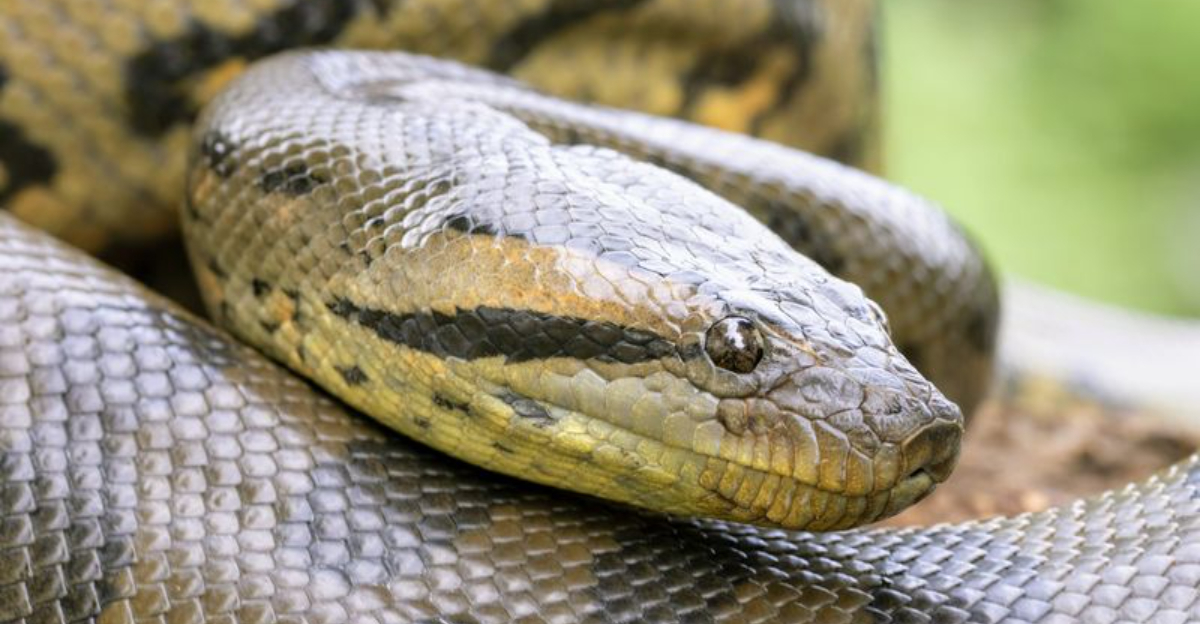
Ever wondered what to do if you cross paths with one of nature’s most powerful constrictors? Anacondas, those massive snakes from South American rainforests, rarely attack humans but knowing how to react could save your life.
While encounters are uncommon, these simple survival tips might just be your ticket to safety if you find yourself face-to-fang with these impressive reptiles.
1. Stay Calm, Don’t Panic

Your racing heart pumps blood faster, making you more attractive to an anaconda’s heat-sensing abilities. Take deep breaths and try to slow your heartbeat. Panicking leads to poor decisions and may trigger the snake’s predatory response.
Remember, most anacondas prefer to avoid humans entirely when given the choice.
2. Back Away Slowly
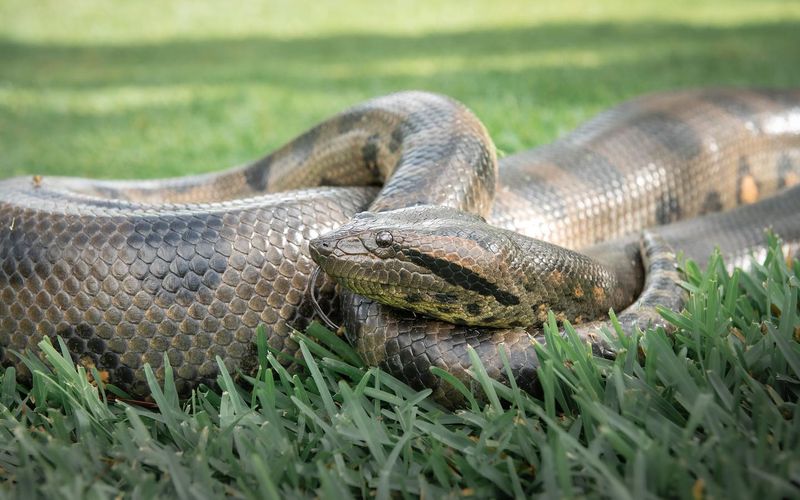
Sudden movements might startle the anaconda into defensive mode. Create distance between yourself and the snake with deliberate, smooth steps backward.
Never turn your back on the reptile. Maintaining visual contact allows you to respond appropriately to any changes in the snake’s behavior or position.
3. Make Yourself Look Bigger

Anacondas prefer prey they can easily overpower. Raise your arms above your head and spread your jacket wide if you’re wearing one. This simple trick creates an optical illusion that might convince the snake you’re too large to tackle.
Many predators reconsider attacking when their target suddenly appears significantly larger.
4. Avoid Water If Possible
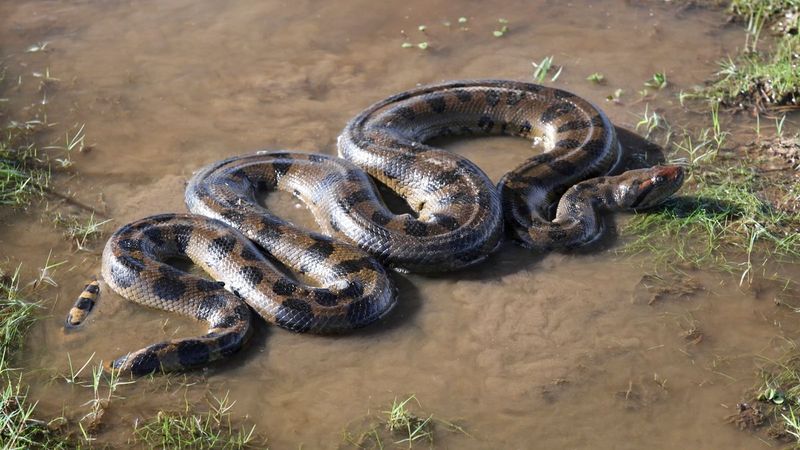
Anacondas reign supreme in aquatic environments where their massive bodies move with surprising grace and speed. On land, their mobility decreases significantly.
If you spot one while swimming, calmly head for shore without splashing excessively. The vibrations from frantic movements might actually attract rather than deter these water-loving giants.
5. Don’t Run Unless Absolutely Necessary

Running triggers predatory instincts in many animals, including anacondas. Fast movements might transform you from a potential threat into potential prey in the snake’s primitive brain.
Only run if you have a clear escape route to safety that’s very close by. Otherwise, controlled movements remain your safest strategy for an encounter.
6. Fight Smart If Attacked
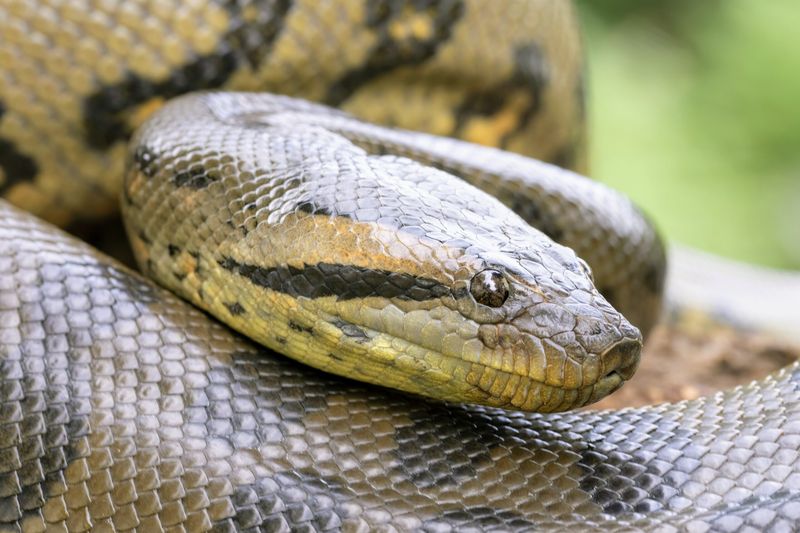
Go for the snake’s most vulnerable spots – the eyes and snout. Use whatever tools you have available, like sticks, knives, or even your hands if needed.
Anacondas overpower prey by constriction, so stopping it from wrapping around you is essential. Keep the head at a distance while you search for a way to get free.
7. Break Free From Coils Immediately

Once an anaconda starts wrapping around you, every second counts. Focus on unwrapping the tail end first, as that’s typically where the snake begins its deadly embrace.
Pry the coils off with your hands, starting from the tail. If someone’s with you, they should help unwrap rather than pulling, which could increase pressure on your body.
8. Protect Your Chest And Neck
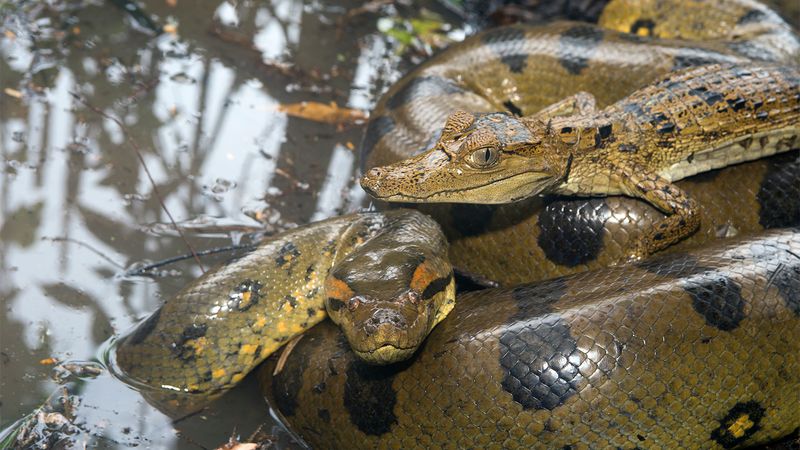
Anacondas don’t technically crush bones – they prevent breathing and blood circulation. Position your arms between the snake and your chest if it begins to wrap around you.
This creates space for your lungs to expand. Protecting your neck is equally vital, as constriction here can quickly cut off blood flow to your brain.
9. Use Pepper Spray If Available
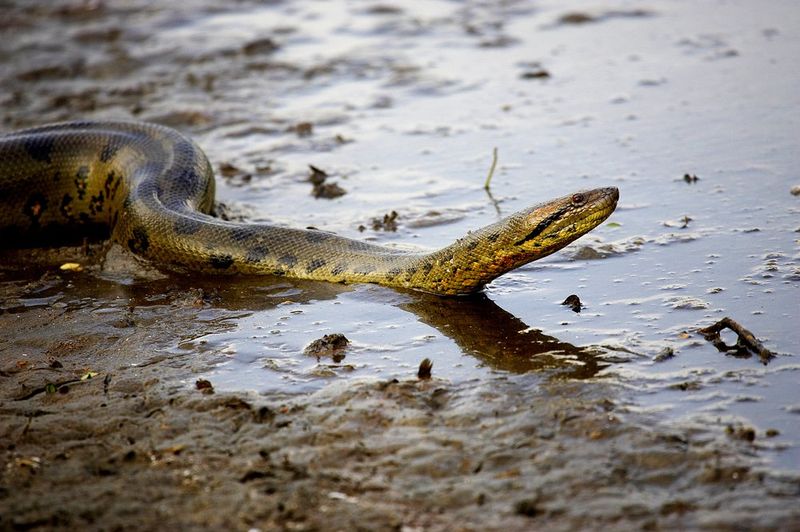
Capsaicin affects reptiles just as it does mammals. A direct spray to the anaconda’s face can cause temporary blindness and respiratory distress, giving you precious escape time.
Aim directly for the eyes and mouth area. The snake’s discomfort will likely make it retreat or at least release you if it has already begun constricting.
10. Travel In Groups In Anaconda Territory
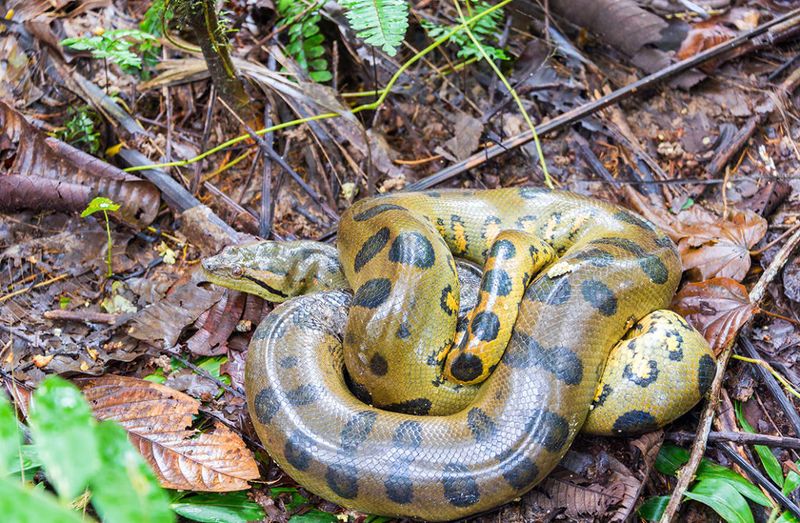
Safety in numbers isn’t just an old saying – it’s survival strategy. Anacondas typically avoid attacking groups of humans, preferring solitary prey they can ambush.
If traveling through known anaconda habitats, stick together. Multiple people also mean more helping hands if someone does encounter one of these massive predators.
11. Know When They’re Most Active
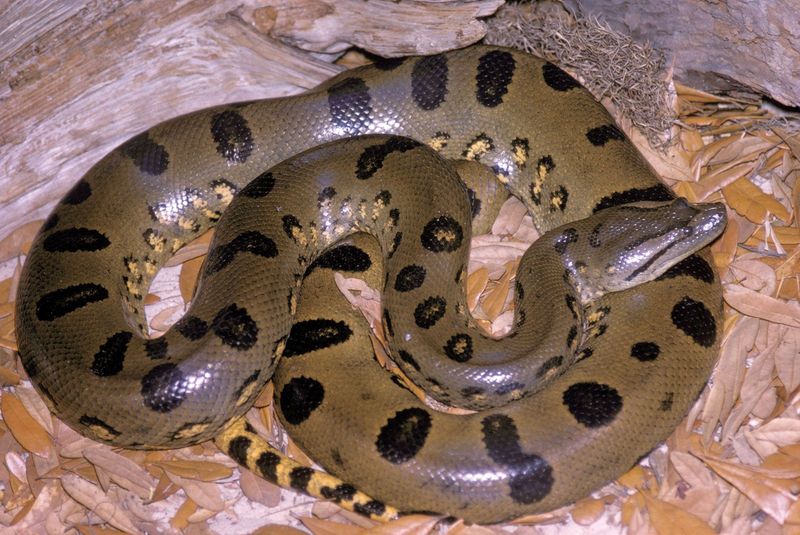
Dawn and dusk mark prime hunting times for these massive snakes. During these hours, extra vigilance could save your life in anaconda territory.
Nighttime also poses increased risk as anacondas utilize their heat-sensing abilities most effectively in darkness. If possible, schedule activities in anaconda habitats during bright daylight hours.
12. Avoid Small Boats In Infested Waters

Canoes and kayaks sit dangerously close to the waterline, making you an easy target. These snakes can launch surprising attacks from below, potentially capsizing small watercraft.
If water transportation is necessary, choose larger boats with higher sides. The additional distance between water and vessel provides crucial safety margin against a striking anaconda.
13. Recognize Warning Signs
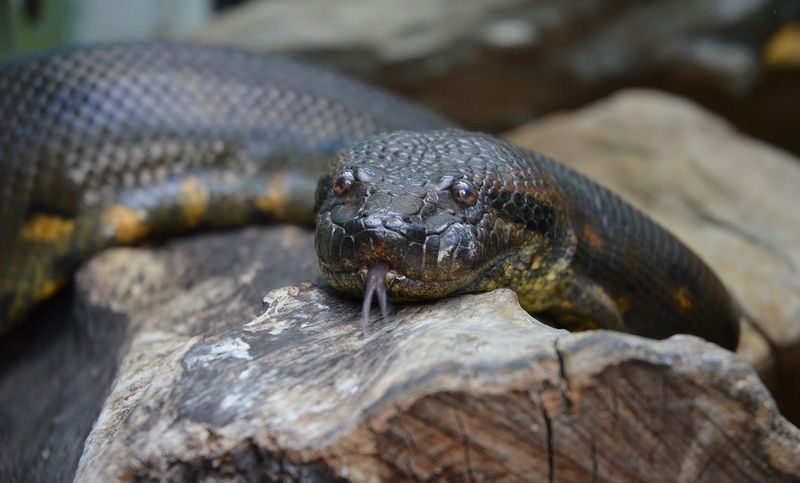
Before attacking, anacondas often display subtle behavioral cues. The snake may raise its head slightly above water or ground, flick its tongue rapidly, or position its body in an S-shape.
Learning these warning signals gives you precious seconds to react. Immediate, calm response to these signs significantly improves your chances of avoiding a full attack.
14. Seek Immediate Medical Attention Afterward

Even if you escape an anaconda’s grip, hidden injuries may lurk beneath the surface. Constriction can cause internal bleeding, muscle damage, and respiratory complications that aren’t immediately obvious.
Don’t tough it out or wait to see if symptoms develop. Medical professionals can identify and treat these potentially life-threatening conditions before they worsen.






